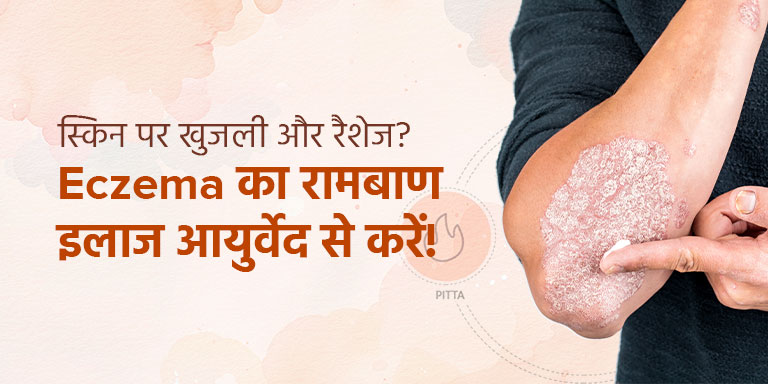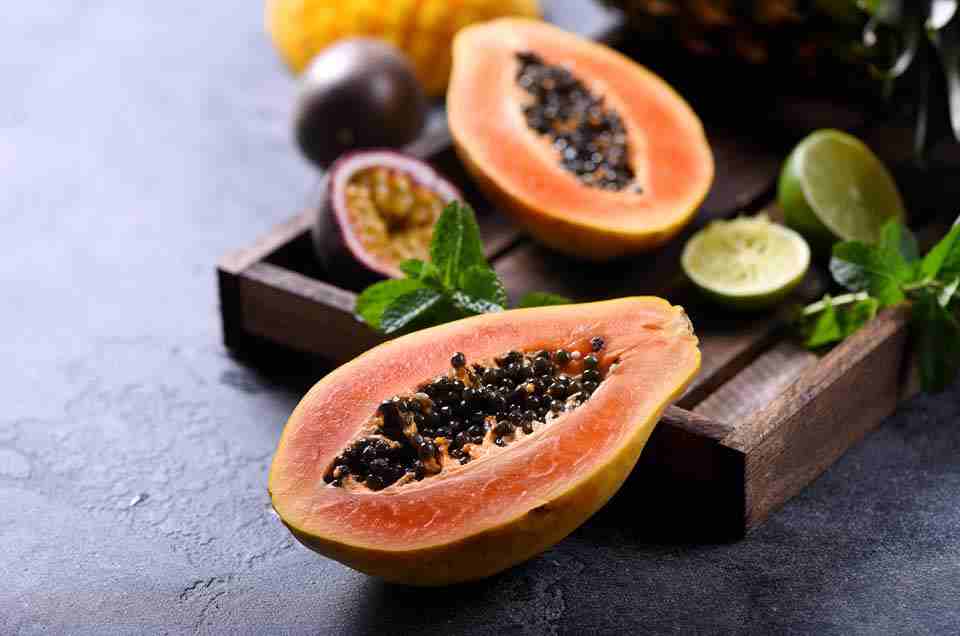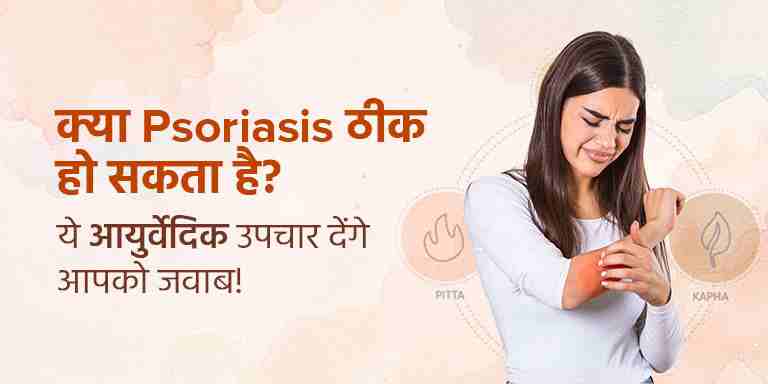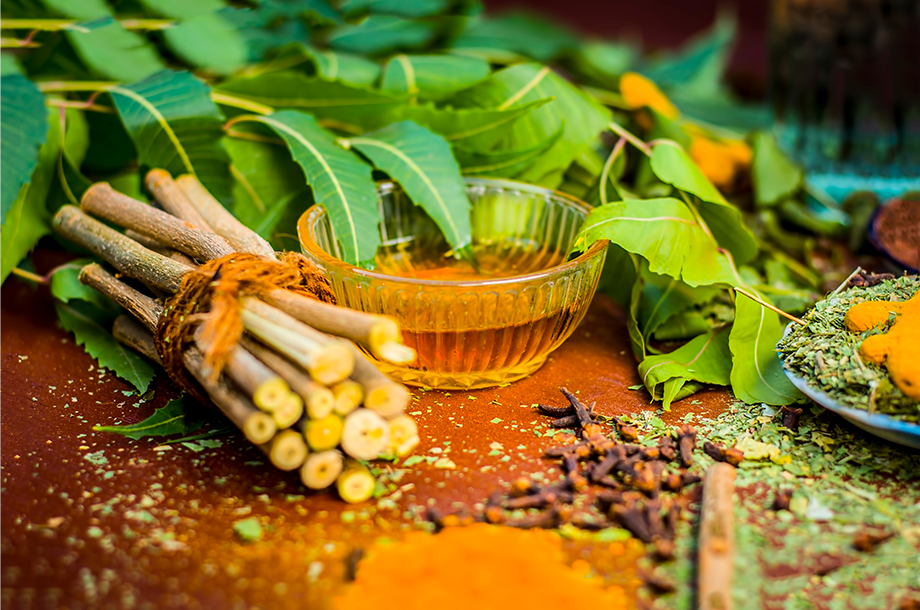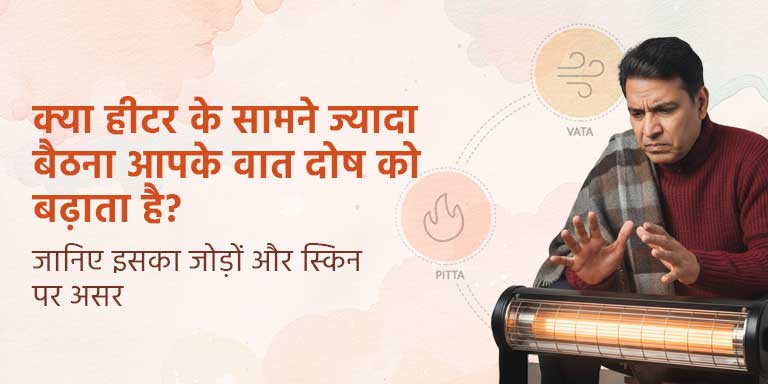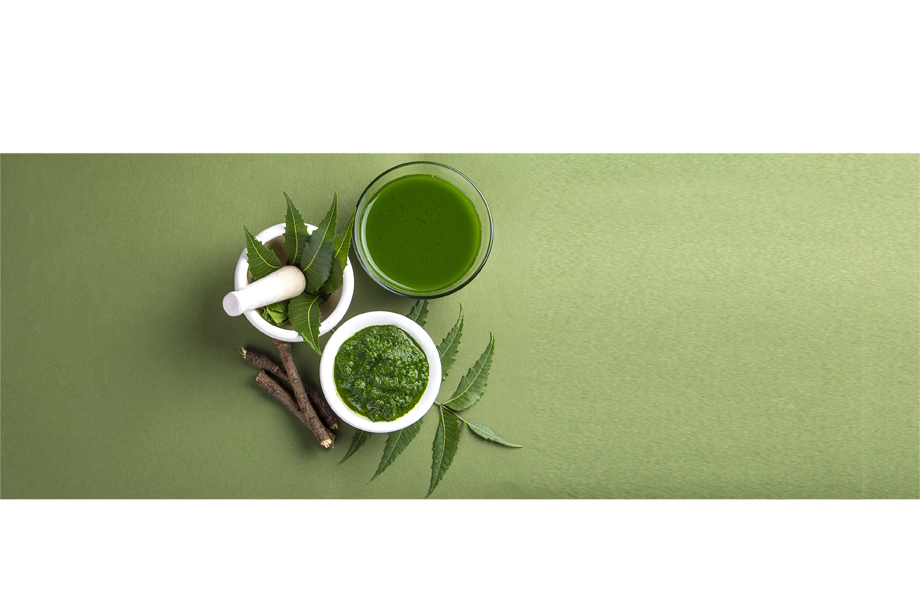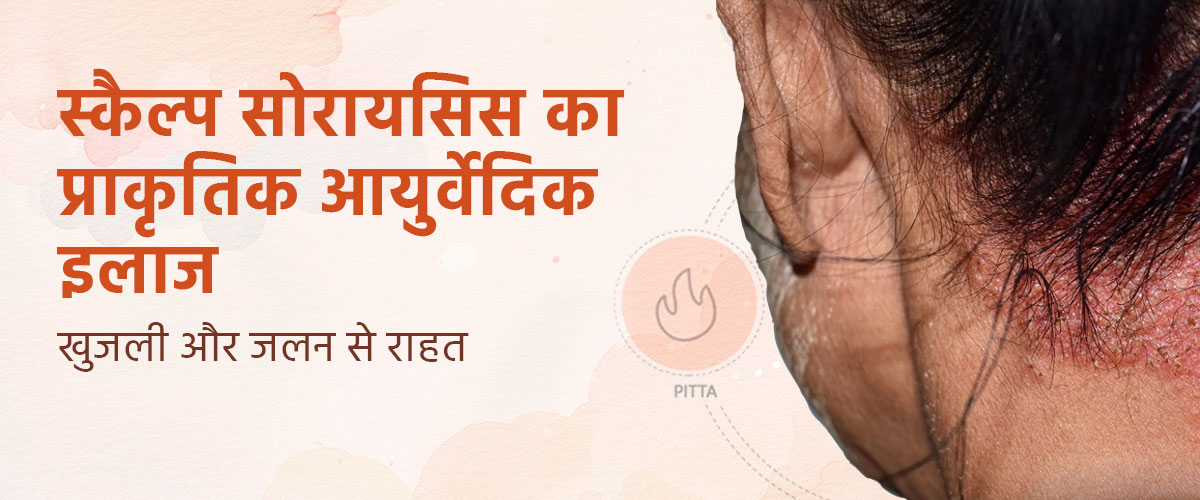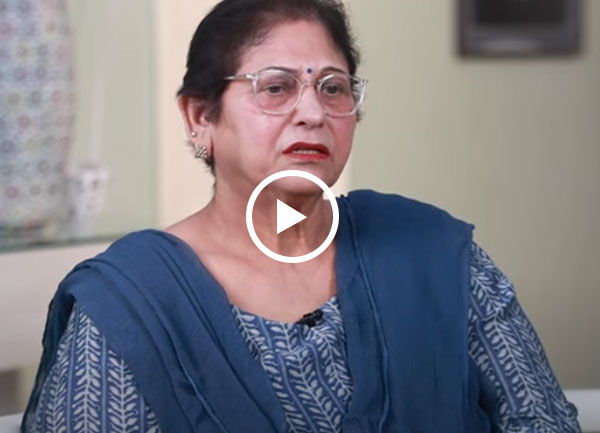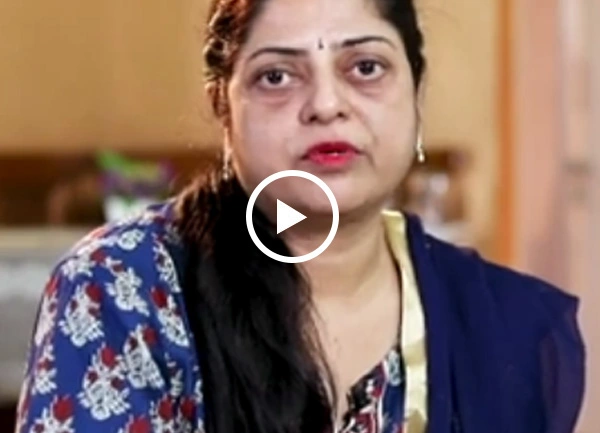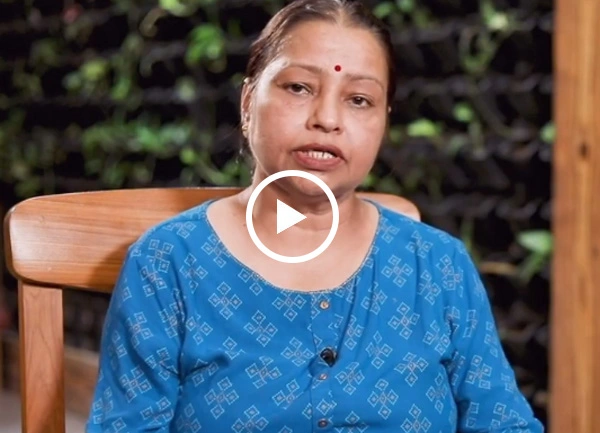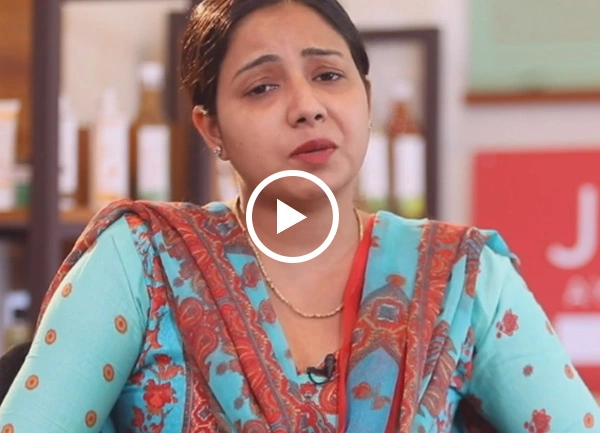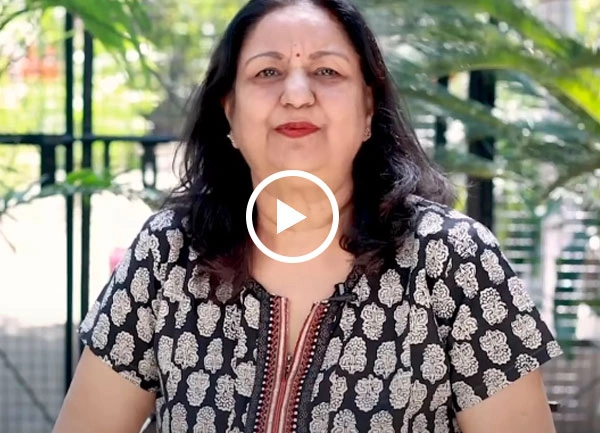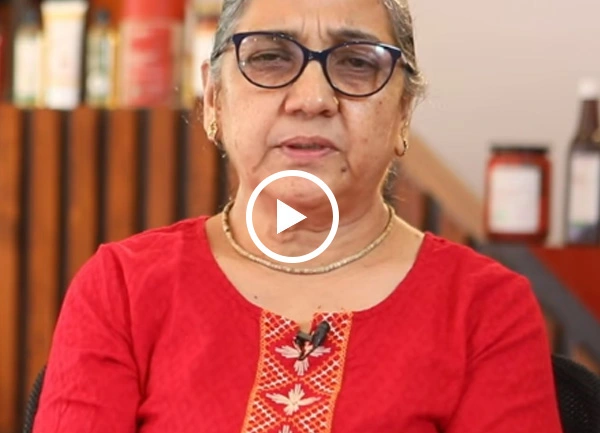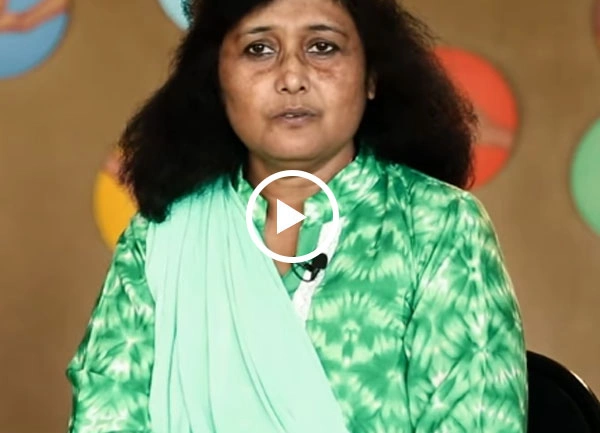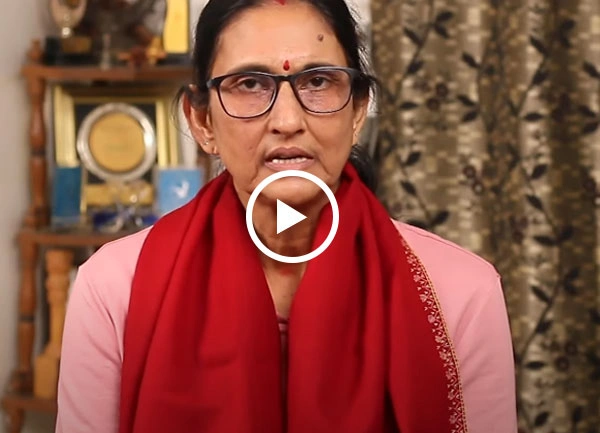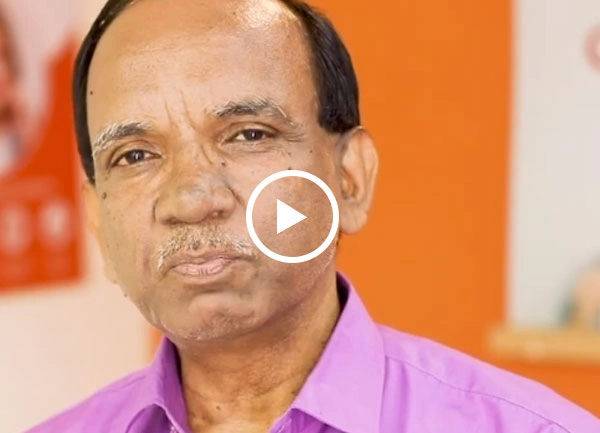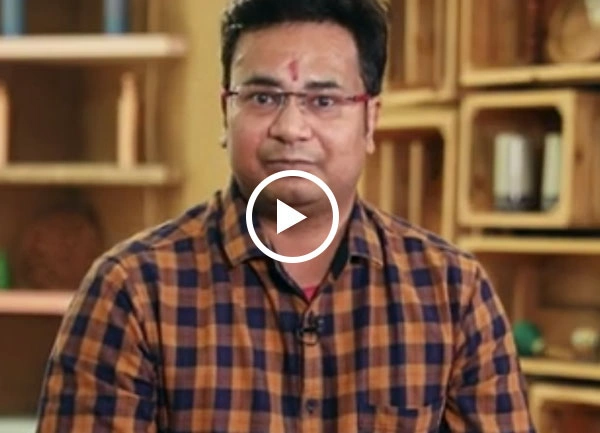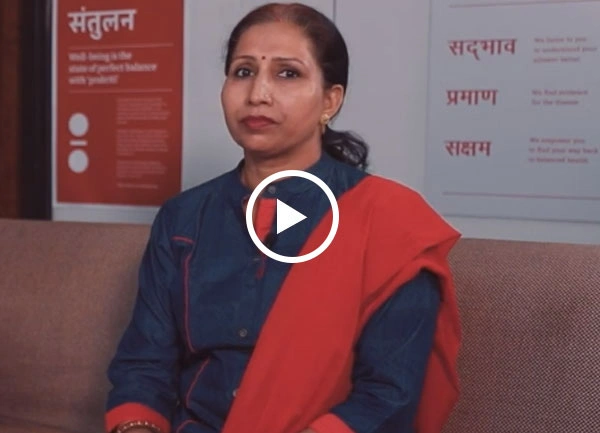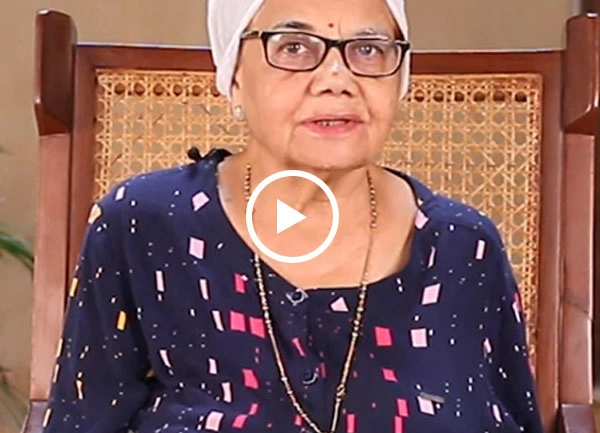Avabhasini:
Being the outermost layer, Avabhasini reflects complexion and the Rasa Dhatu in our body. This layer indicates any ailment or disorder or imbalance in the body. Devoid of the colour of its own, it reflects the colour of other layers and aura of an individual.
Lohita:
This layer supports the outermost layer and indicates the quality of Rakta Dhatu. If there is presence of ama or impurity in blood, it is reflected in the form of moles, pigmentation, spots in the outermost layer.
Shweta:
The third layer is white and provides balance to the other layers of the skin. When imbalanced, this layer can cause skin conditions like eczema, rashes, burns, etc.
Tamra:
This copper colored layer acts as a barrier for other layers. It nurtures the upper layers of the skin but imbalance in this layer can cause skin infections.
Vedini:
The fifth layer is where all the sensations and feelings lie. It is the centre for transformation of sensations like pain, pricking, etc. This layer connects the skin to rest of the body. Imbalance of this layer can cause diseases like herpes.
Rohini:
This layer is responsible for healing and regeneration of new skin tissues. Imbalance in this layer restricts healing of scars and can lead to tumours.
Mamsadhara:
The innermost layer of the skin supports stability and firmness, making your skin look young and radiant.
In Ayurveda, healthy skin is determined by various factors including hydration, nourishment, moisture balance and blood circulation. These factors are achieved with the help of natural herbs and therapies. If you have a skin problem, Ayurveda can help. Book your consultation today.



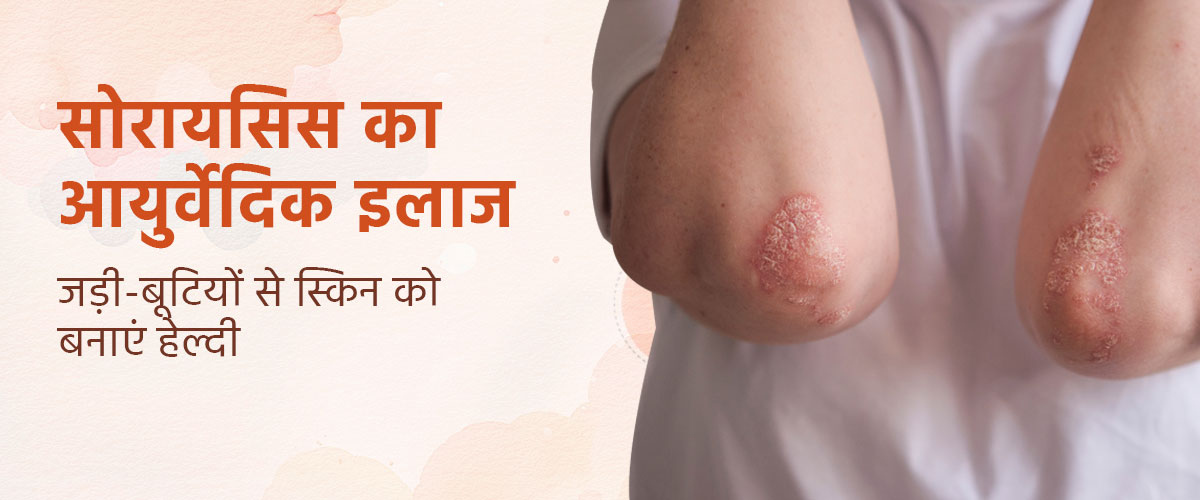
-का-आयुर्वेदिक-इलाज.jpg)
-का-आयुर्वेदिक-इलाज.jpg)
